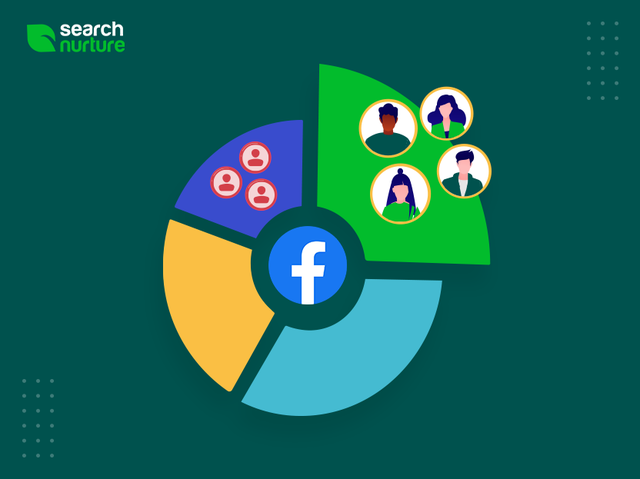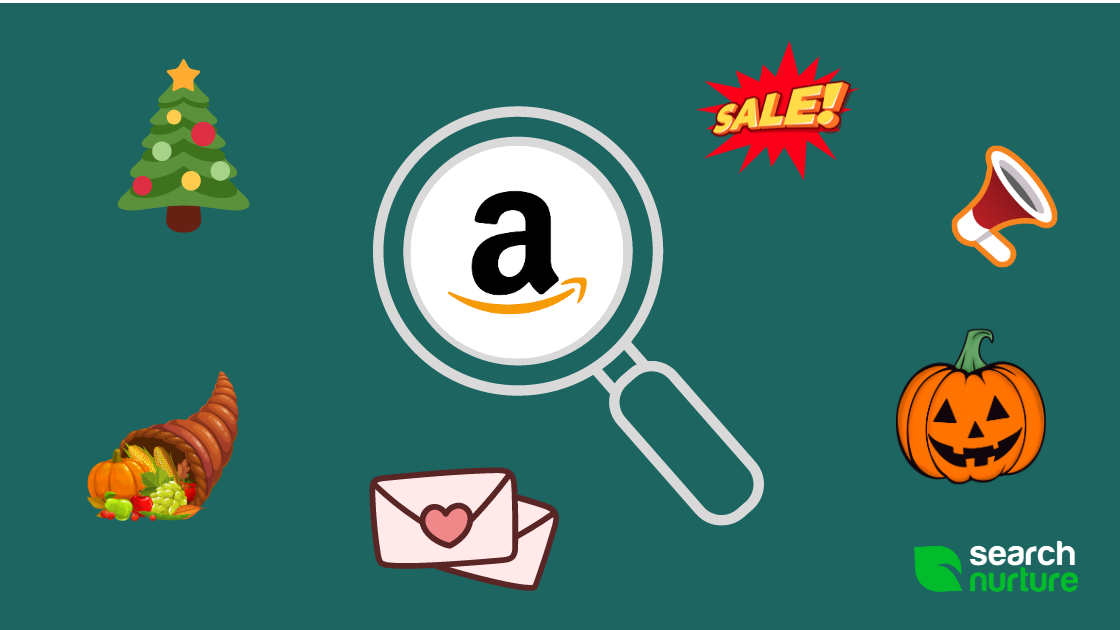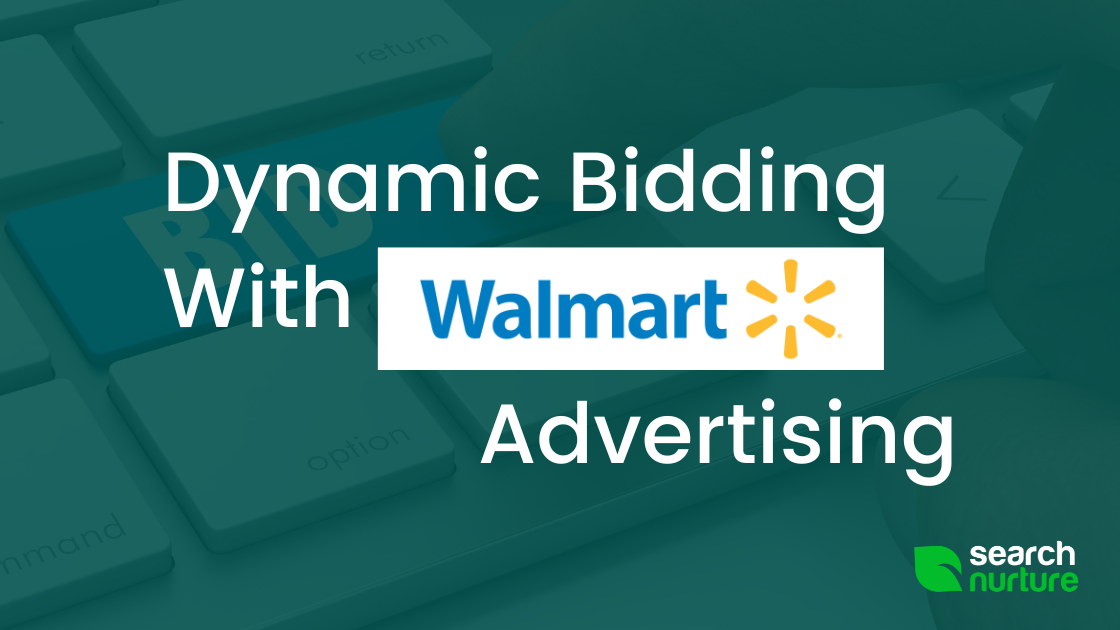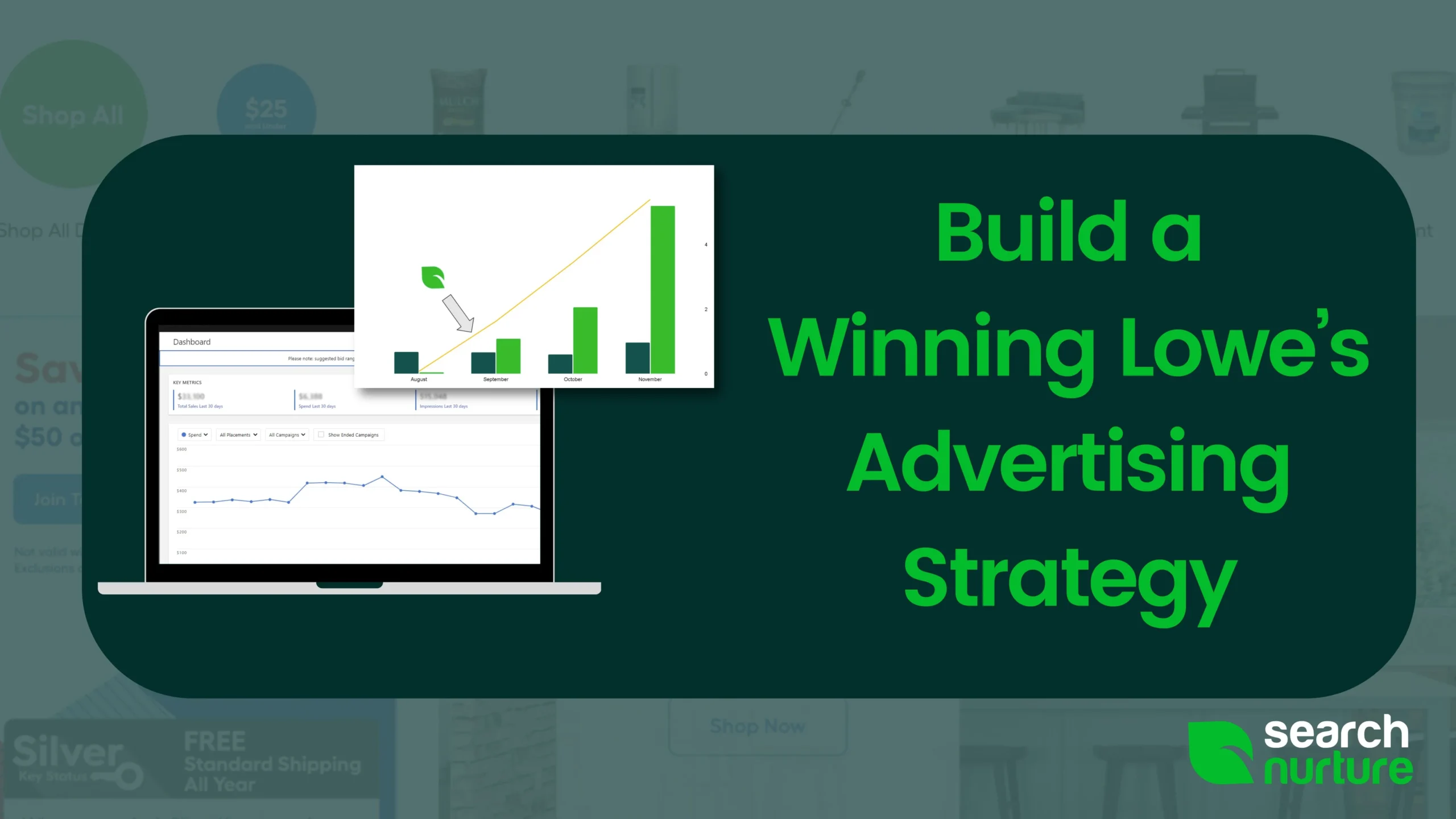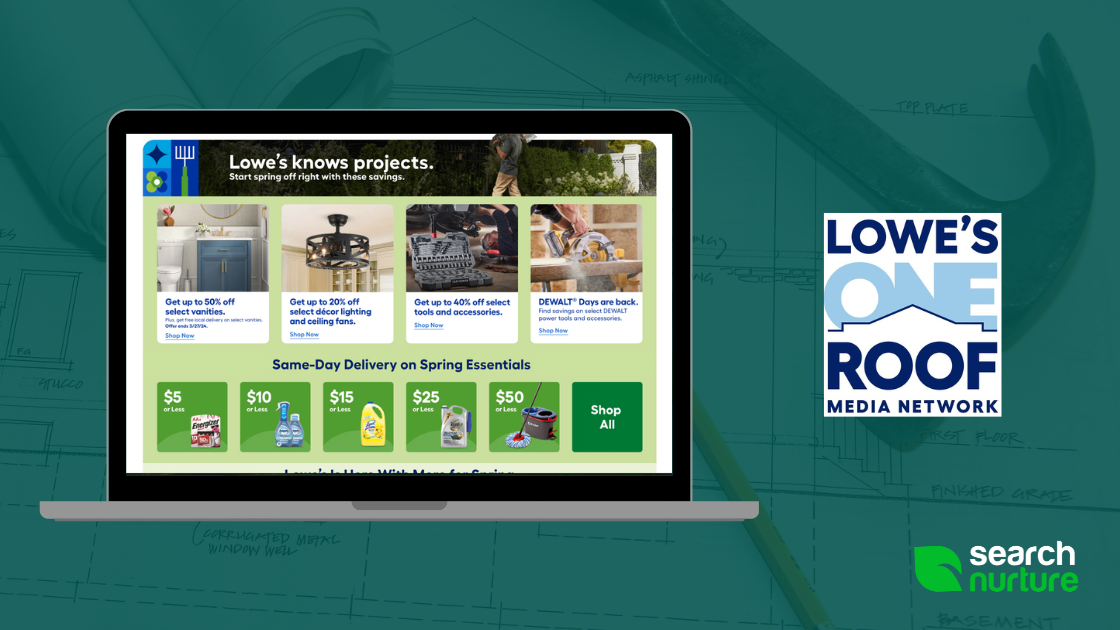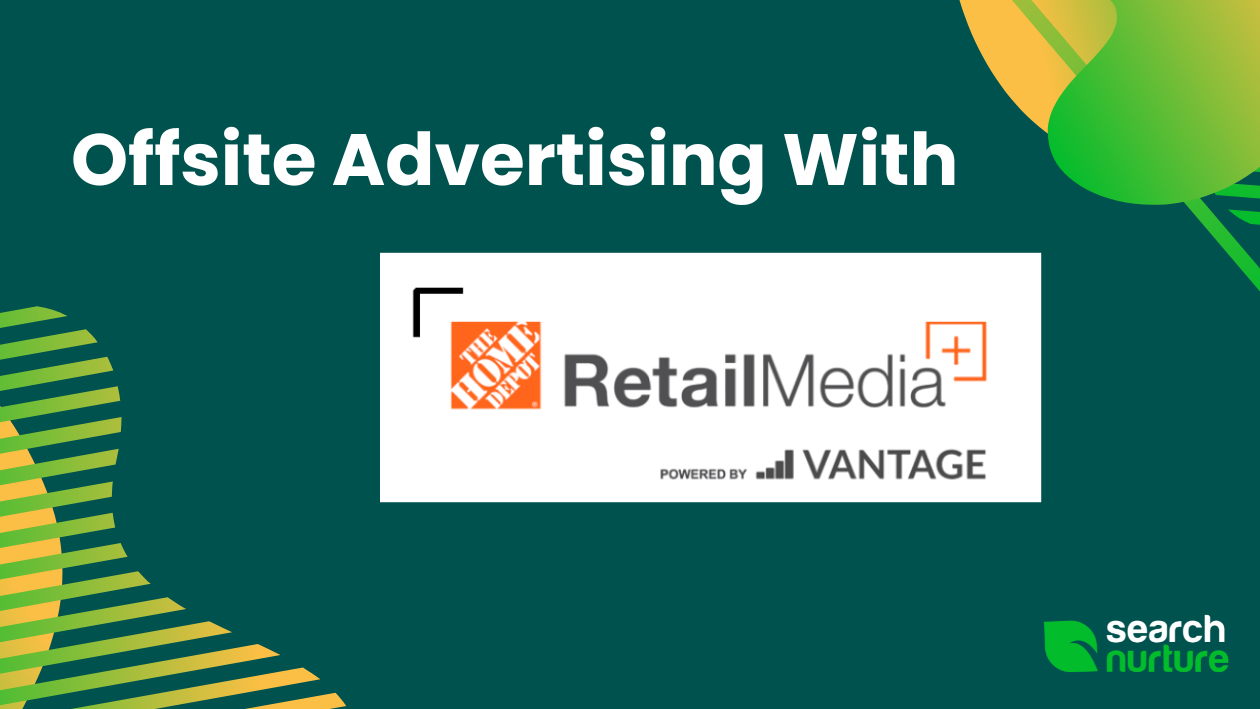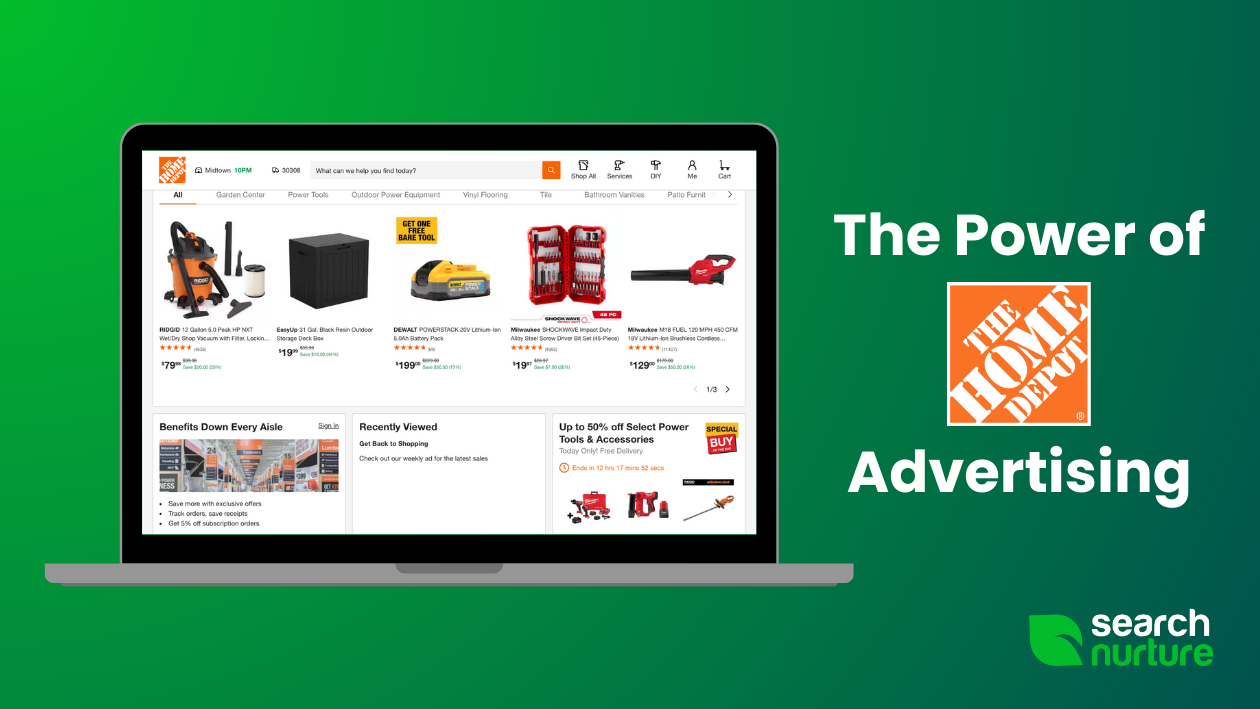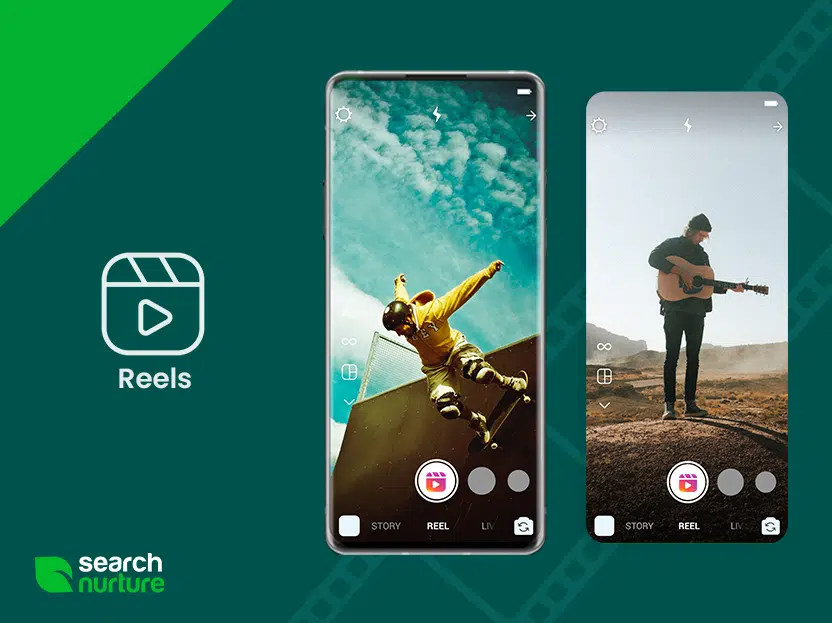Key Takeaways
- Facebook Lookalike Audiences increase conversions by personalizing your marketing
- An optimized Lookalike Audience must be sourced from the right customer data
- The steps required to create a Lookalike Audience on Facebook
- Tips on how to optimize Facebook ad targeting for maximum user engagement
Introduction
Facebook debuted the Lookalike Audience feature in 2013. Since then, other advertisers such as Google Ads and LinkedIn have created their own version of the targeting tool, which isolates historical data about a brand’s most profitable customers and attempts to find new customers likely to mimic their behavior.
Marketers on Facebook have dozens of targeting options. This can be empowering but can also bleed a marketing budget dry through unprofitable experiments. If you are unsure of your ideal targets, you can get lost in the possibilities.
Studies show that personalized marketing increases conversions by 89%. Using Facebook Lookalike Audiences personalizes marketing campaigns for more promising targets, preventing your ad budget from being wasted on uninterested prospects.
What are Lookalike Audiences?
High-quality leads are hard to come by. Lookalike Audiences give you a statistical advantage over your competition by using your past successes as a source audience, which is the audience that Facebook will use as a model for the new one. The idea is that customers who engaged with your business before will be similar in some way to customers who might engage now.
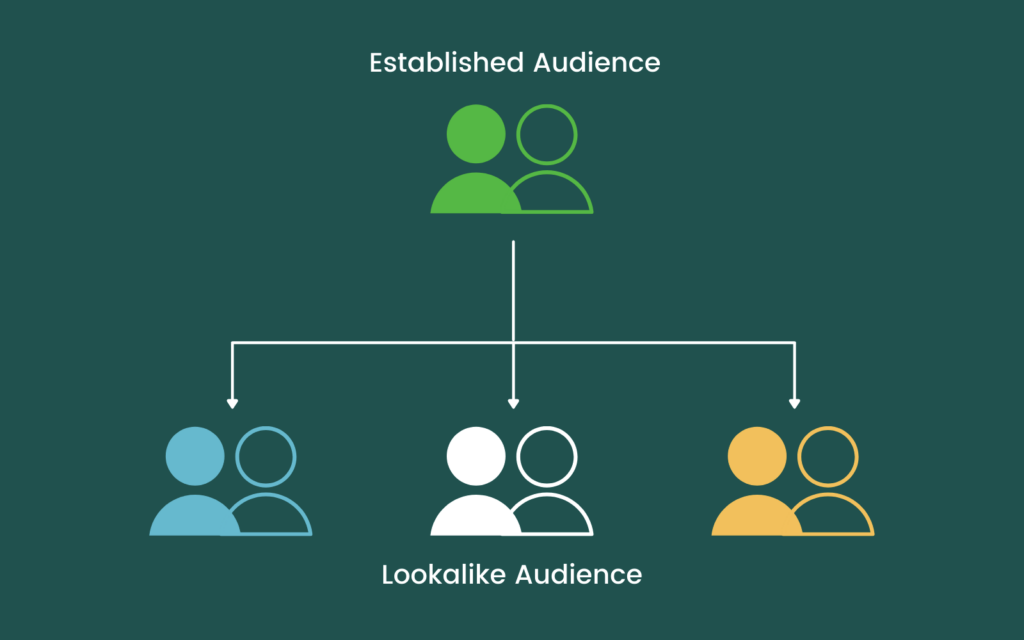
The data they use to identify them, provided by you, can be sourced based on several key factors. These could include:
- Shared conversion activity, such as users who have made purchases, subscribed to your site, added products to their cart, and so on
- Values that the customers share, such as those who have liked your pages or attended certain events
- Social media engagement, such as customers who have already shown interest in your brand on Instagram or Facebook
- Newsletter sign-up lists, email marketing lists, or other CTAs
- Video interest, such as people who have watched at least 50% or 75% of one of your videos
- Specific product engagement, such as users in the top 10% of time spent on one of your product pages
By using Lookalike Audiences, a business can increase the chance that its prospective customers have a pre-existing interest in their brand. This creates a new audience that is both more scalable and provides a higher ROI than an audience sourced by conventional methods.
How Do Lookalike Audiences Work?
The metric you choose will determine how the Facebook Lookalike Audience generates your new targets. So long as at least 100 viable users are on Facebook, you can use them as the basis for your Lookalike Audience.
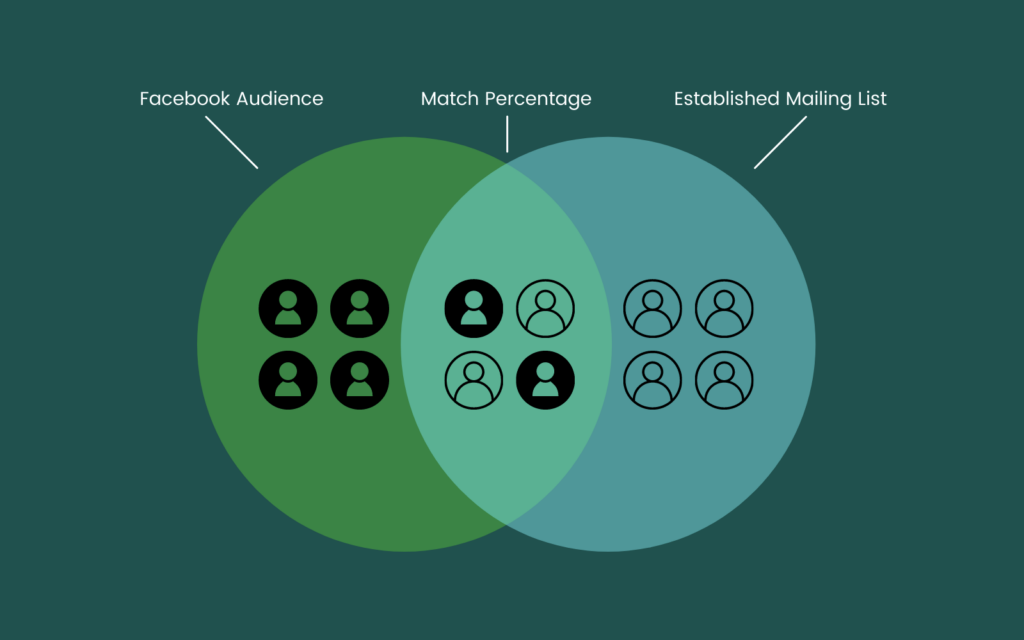
For example, a company with a mailing list of customers who have shown interest in its brand can feed this list into Facebook. Let’s say Facebook comes back with a 60% match. This means that 60% of those customers are on Facebook and can be used to jumpstart a new marketing campaign, targeted to an audience that has already shown interest in your business.
Depending on the metric, these users may be exact matches, or they may be matched by similar behavior characteristics to the source audience.
Facebook Lookalike Audiences vs Interest Targeting
Interest targeting has been around for a while. It allows marketers to target interests that they believe indicate a corresponding interest in their company’s products. For instance, a company that sells boating insurance can create a custom audience based on people who have liked boating-related Facebook pages.
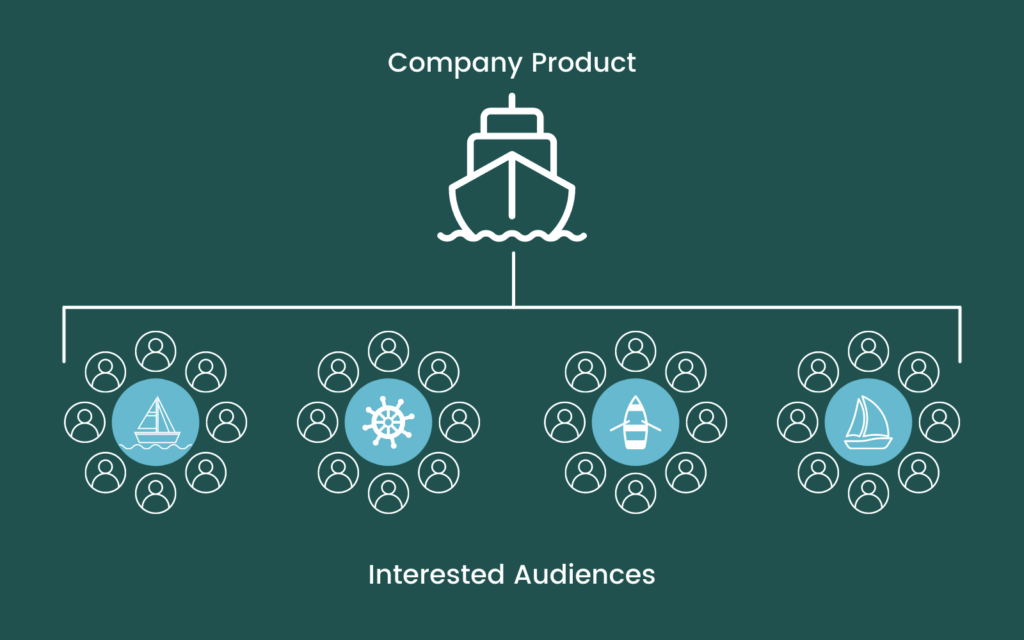
The crucial flaw with interest targeting is that marketers must select the interest that yields the best results. In our example, consider that those who liked the Facebook page may be boating enthusiasts but may not also need insurance.
By contrast, Lookalike Audiences give control to Facebook’s algorithm. They match your custom audience’s parameters to its users based on more specific activities. Interest targeting requires less data, but it has less power to find a profitable audience as a result.
Why are Facebook Lookalike Audiences Important?
Lookalike audiences directly impact conversion rates, as many companies have discovered. Consider KingNet, which used Facebook Lookalike Audiences to increase its conversions by 46.6%, as well as increase its click-through rate by a staggering 75%.
Many similar examples show that pre-existing engagement is a key factor in predicting future engagement in similar customers. Businesses that use Lookalike Audiences already know who their ads are going to before they create them, which avoids a major hurdle of any new advertising strategy.
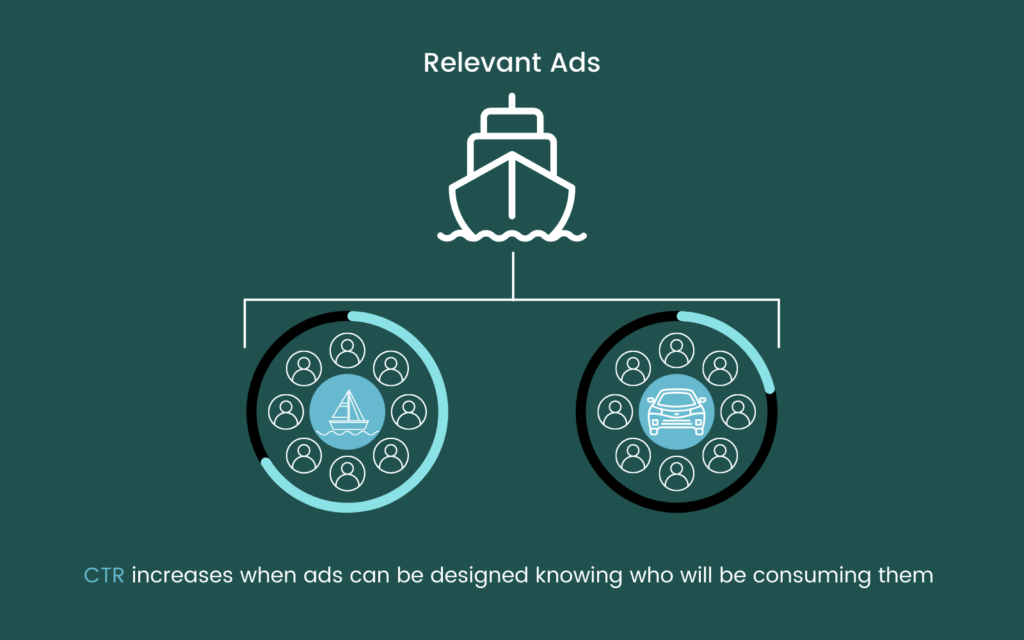
Targeting known users allows businesses to craft the marketing message more accurately, identify their pain points more easily, and engage them more quickly.
As you can see, with the right guidance, Facebook Lookalike Audiences can benefit a business by allowing them to:
- Increase advertising ROI
- Experiment with different audience sources
- Monitor ad performance
- Manage audience size
- Control Conversion rates
How to Get the Most Out of Facebook Lookalike Audiences
Lookalike Audiences may be more automated than interest targeting, but they still require the right demographic. To optimize your Lookalike Audience, consider these tactics:
- Source the right demographic
To be effective, your Lookalike Audience must be based on a source that is both profitable and appropriate for your goals. For instance, if you want to use the Lookalike Audience to increase product sales, you may opt for customers who have already made purchases on your site. However, if your goal is to promote your brand, you may choose an audience of email subscribers instead.
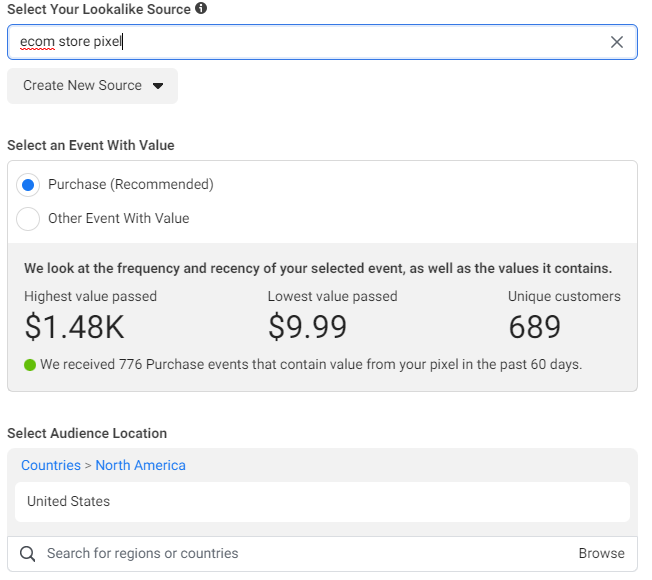
2. Prioritize user engagement
A broad demographic will not be engaged enough to improve your marketing ROI on Facebook. If you customize the demographic for engagement, however, the Lookalike Audience will have a larger impact on conversions.
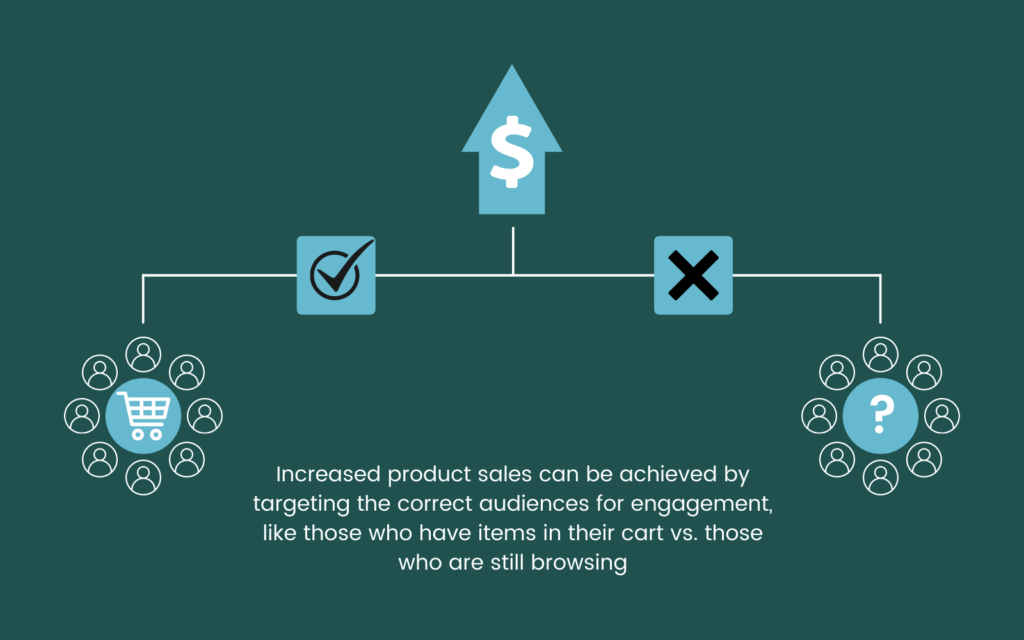
For instance, if your goal is to increase product sales, prioritize users who have recently put items in their cart, rather than try to target everyone who has visited your site.
3. Provide the right data
The effectiveness of the Lookalike Audience depends on the data you provide. When choosing a source, consider what makes a data set valuable on Facebook: users tailored to your business activity, a sample size of at least 1,000 and no more than 50,000, and the right metrics for your marketing goals.
4. Consider how size impacts reach
There is no ideal size for a Lookalike Audience. Importantly, the smaller your audience, the more carefully you can source their key characteristics. A larger audience increases your visibility but decreases the average audience member’s profitability.
Facebook allows you to select your audience size as a percentage of similarity to your source audience. The higher the reach, the less similar your custom audience will be to your source.

Start with the lowest reach (1%) to maximize the similarity between your custom and source audiences. After that, you can experiment with higher percentages to find the ideal balance for your business goals.
5. Update your list
Lookalike Audiences need to be regularly updated. For example, your prior site visitors may provide a valuable source audience that increases conversions at first, but is that audience still a valid prospect after a year of inactivity?
Updating the audience each week to recent users will help maintain its accuracy. Facebook adjusts the audience automatically – you just have to update the data.
How to Create a Lookalike Audience on Facebook
The steps required to create a Lookalike Audience may vary slightly depending on the metric you use as the source. However, the basic steps remain the same:
- Click “Audiences”
After ensuring that you are an admin on the business page you wish to create an audience for, find the Audiences menu.

2. Click “Create Audience”
From there, click “Create audience” and select “Lookalike Audience” from the dropdown.

3. Chose a data source
The data source could be a “Customer List,” “Website,” “Video,” “Email,” or more. The data from your target group will form your Lookalike Audience.

4. Select a country
One or multiple countries can be selected as the target. Facebook will only search users in these areas.

5. Select an audience size
Choose the number of users you intend your campaign to target based on their percentage of similarity to the source.

6. Click “Create Audience”
After clicking “Create Audience,” Facebook will process your audience for 6 to 24 hours. However, you can begin using the audience and customizing your campaign immediately.
Maximizing Results with Facebook Ads
Facebook Ads can reach the site’s 2.85 billion users, yet without a productive way to target a profitable niche audience, your marketing will be as effective as shouting into a crowd. Consider a Lookalike Audience as a smaller crowd hand-picked based on their interest in what you have to say. Let your competition shout while you deliver precision marketing strikes to customers similar to those who have already proven their interest.
This does not mean that a Lookalike Audience guarantees successful digital marketing on Facebook, but it provides a better sample of customers for your digital marketing to work on. The success of the audience is only as good as the demographics you select and the goals you set for the campaign. This is why a Search Nurture campaign manager can help you make the most of your Lookalike Audience, as well as other marketing tactics on Facebook. They can assess your business and identify your most profitable demographics, ideal audience size, marketing goals, and the timeline you should be following to roll out your new Facebook marketing strategy with maximum impact.


